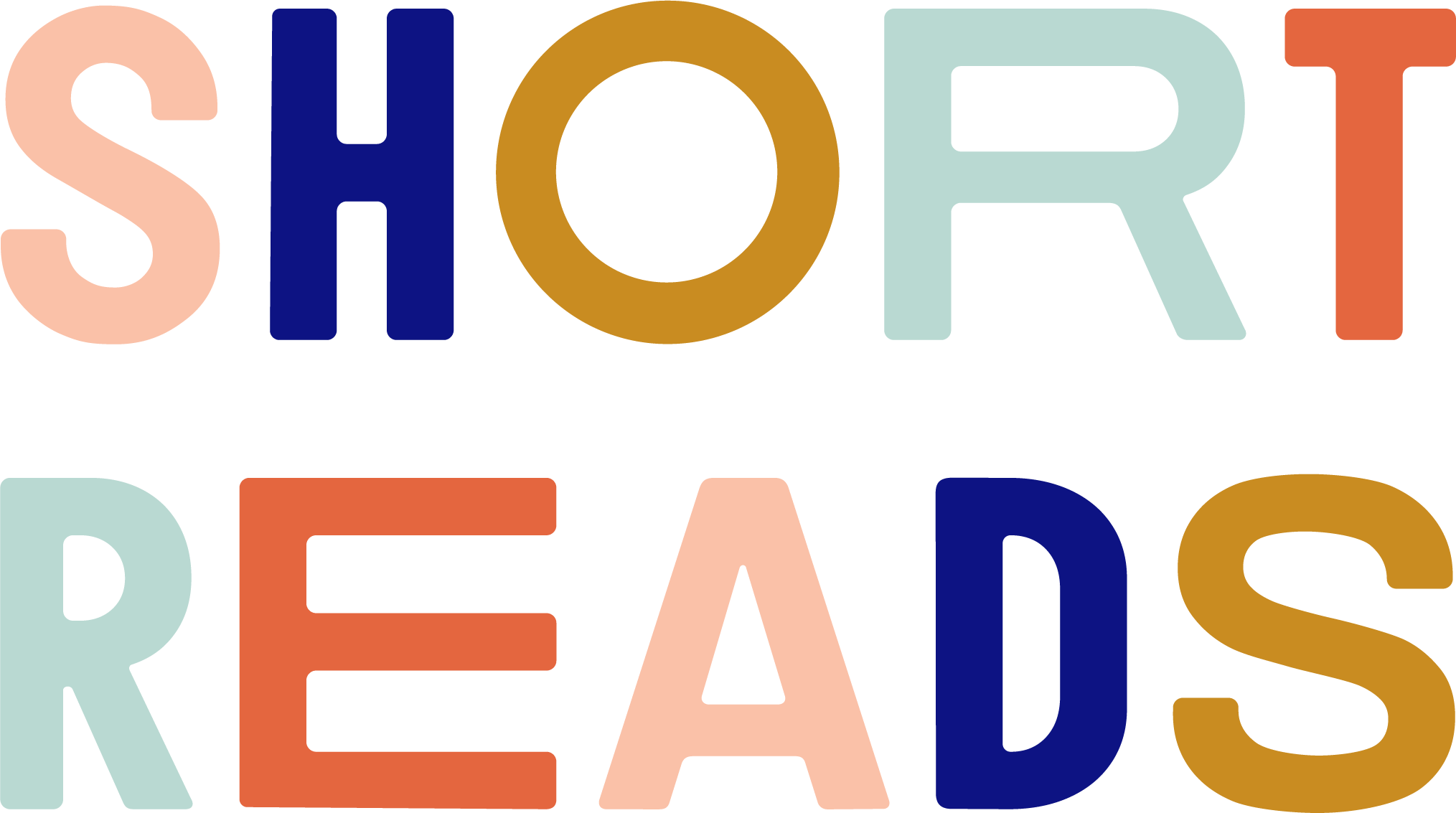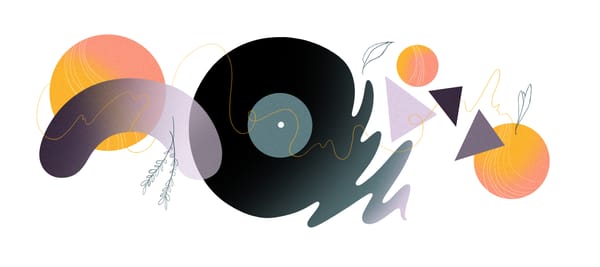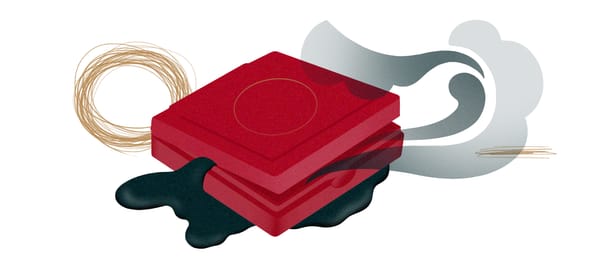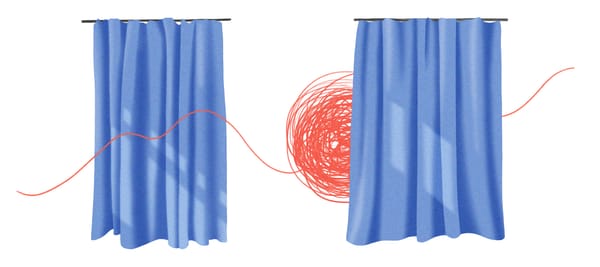Hummingbird Winter
by Joanna Brichetto | Until the wind changes.

At 6:18 in the morning, the hummingbird feeder looks more brown than red—but still looks like breakfast, and suddenly she’s on it. She is the size of my thumb, she weighs less than a nickel, and all I see is a glowy white throat in daybreak gloom. My winter hummingbird. She should be in Mexico by now, or Central America, but instead is here in my Nashville yard, with frozen seed-heads of goldenrod. She looks around, bends her head, and then drinks for nine long minutes.
Nine minutes: long enough for the sky to fade several paint-chip colors and for a squirrel to creep from the soffit vent. Long enough for robins, first heard but not seen, to be seen leaving cedar roosts for the hackberry tree, and for the first crow to flap overhead and caw. Long enough for a siren on the interstate to come, to go. And now, the plink plink of hackberry fruit dropping—or is that robin droppings?
~~~
“Why do you love the hummingbird so much?” my son asked yesterday, and I did not know how to answer. How can I not love it? How can I not help her do whatever it is she needs to do?
Headlines tell me that in my lifetime, North America has lost nearly three billion birds. My eyeballs tell me birds are losing habitat every day, even here in our city neighborhood: with every infill bulldozer, every pesticide sprayed by a lawncare team, every yard that does not include the native plants that support our food web. Hummingbirds need more than sugar water and nectar; they need the tiny creatures who make a living on native plants: caterpillars, spiders, gnats, aphids, and even mosquitoes. I watch my bird glean invisible someones from cedar needles, from fluffy tips of dried frostweed.
~~~
It was chance that in late October I saw the invitation to keep hummingbird feeders up through winter, and chance that it worked: my bird appeared three weeks later. The next day, Cyndi Routledge—a federally licensed master bird-bander—drove fifty miles to my driveway to catch, identify, and band what turned out to be a hatch-year ruby-throated hummingbird with zero fat and hardly a tail feather. She taught me that hummers are more resilient than they look, that their migration behavior is more flexible than we thought, and they don’t stay where they can’t survive.
“How long will this one stay?” I asked Cyndi, hoping she’d say forever.
“It could leave tomorrow or stay indefinitely,” she shrugged. “If it goes, it’ll be with a north wind.”
I shall stay until the wind changes, the bird said, but only in my head, and in the voice of Julie Andrews as Mary Poppins.
While Cyndi finished measuring and weighing and blowing and banding, I wondered how I could lick my finger in secret, to test the direction of the breeze. And then, with the bird still in hand, she stood up from my patio set, and I heard her asking me, as if it was no big deal: “You wanna hold it?”
~~~
Years ago, when my kids were little, we went to Warner Park for a hummingbird banding. After each bird was done, the naturalist—my friend Heather—would tell a waiting child, “Hold out your hand, and don’t move,” and then slowly, gently place a hummingbird in the child’s flat palm. At that point, birds are so stunned they simply lie where they’re put. Then Heather would ask, “Can you feel the heartbeat?”
She put a bird in my daughter’s hand. She put one in my son’s hand.
“Can you feel the heartbeat?”
Yes, they whispered. Yes.
Not until my driveway moment did I realize that more than anything else, I wanted to feel the heartbeat of a hummingbird. Not until Cyndi said, “You wanna hold it?”
Yes.
~~~
Nine minutes: long enough for a breeze to turn the feeder and show the hummingbird’s profile. I can see how she’s fluffed her body against the cold. If the sky were lighter, I’d see the wink of metal that links her to me. But this breeze is new. It makes me check the weather app on my phone, and sure enough, there’s the letter I’ve been dreading. The wind is from the north.
~~~
I can tell you now: a hummingbird’s heart doesn’t beat. A beat is something you could count, or tap, or at least discern from one unit to the next. But my hand didn’t beat: it vibrated.
A hummingbird heart hums.
Joanna Brichetto is a naturalist in Nashville and the author of This Is How a Robin Drinks: And Other Essays on Urban Nature, forthcoming from Trinity University Press. Her essays have appeared in Brevity, Creative Nonfiction, Ecotone, Fourth Genre, Hippocampus Magazine, the Hopper, Flyway, the Fourth River, and other journals. She writes about everyday wonders in everyday habitat loss at sidewalknature.com and on Instagram @jo_brichetto.
This essay is a Short Reads original.

💛 THANK YOU to the 12 readers who recently became supporting subscribers!






